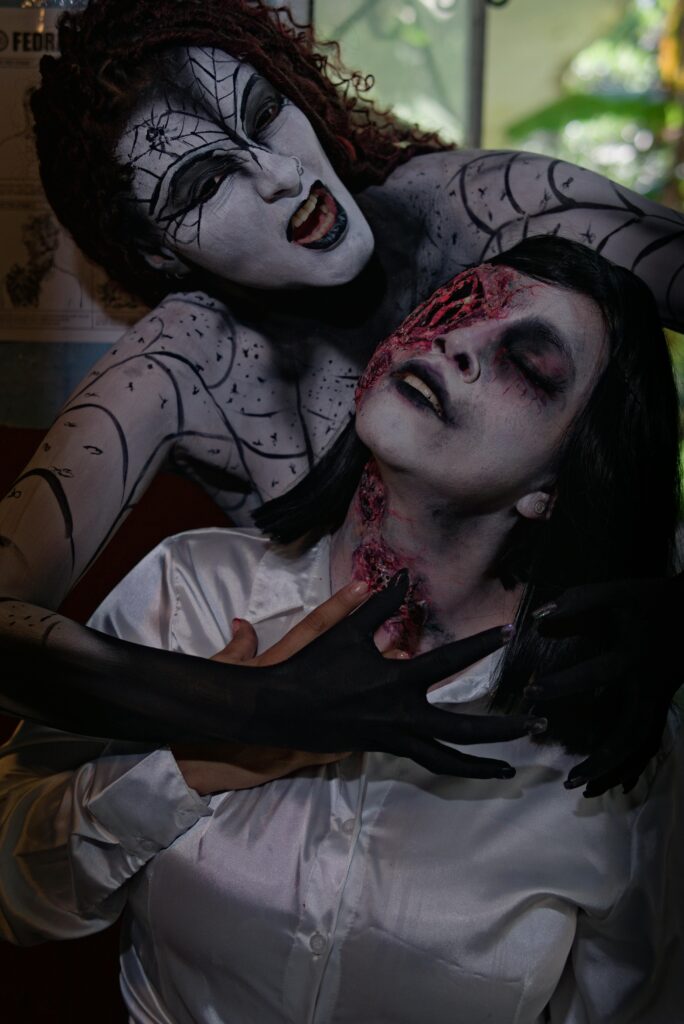In the realm of filmmaking, the arrangement of words and phrases—known as syntax—plays a pivotal role in shaping narratives and character development. By examining various syntactic examples, filmmakers and screenwriters can craft dialogues and scenes that resonate deeply with audiences.
Defining Syntax in Film
Syntax refers to the set of rules that govern the structure of sentences in a language. In film, this encompasses the order and relationship of words in dialogue, narration, and even visual storytelling. Proper syntactic construction ensures clarity and enhances the emotional impact of the narrative.
Common Syntactic Structures in Screenwriting
Simple Sentences
Simple sentences consist of a single independent clause. They are straightforward and can convey clear, concise information. For example:
“She left.”
In screenwriting, simple sentences can be used to deliver impactful statements or actions.
Compound Sentences
Compound sentences contain two independent clauses joined by a coordinating conjunction (e.g., and, but, or). They can show relationships between ideas. For instance:
“He wanted to stay, but he knew he had to leave.”
Such structures can add depth to character decisions and plot developments.
Complex Sentences
Complex sentences have an independent clause and at least one dependent clause. They can express cause and effect, conditions, or time relationships. Example:
“Although she was tired, she continued working.”
These sentences can provide insight into a character’s motivations and internal conflicts.
Syntactic Devices in Film Dialogue
Polysyndeton
Polysyndeton is the deliberate use of multiple conjunctions between clauses. It can create a sense of overwhelming or emphasize a series of actions. For example, in Quentin Tarantino’s “Pulp Fiction,” characters engage in lengthy dialogues with repeated conjunctions, adding to the film’s unique rhythm and tension.
Inverted Syntax
Inverted syntax involves reversing the traditional word order of a sentence. This device can make dialogue stand out or convey a character’s unique speech pattern. A notable example is Yoda from “Star Wars,” who often speaks with inverted syntax, such as:
“Do or do not. There is no try.”
This speech pattern underscores Yoda’s wisdom and alien nature.
Syntactic Ambiguity in Film
Syntactic ambiguity occurs when a sentence can be interpreted in multiple ways due to its structure. This can be used intentionally in film to create suspense or humor. For instance, newspaper headlines often exhibit this ambiguity, leading to multiple interpretations. In cinematic dialogue, such ambiguity can add layers to the narrative, prompting audiences to engage more deeply with the content.
The Role of Syntax in Genre Conventions
Film genres often have specific syntactic conventions that contribute to their distinct styles. According to film theorist Rick Altman, genres can be analyzed through their semantic (meaning) and syntactic (structure) elements. For example:
- Horror: Utilizes suspenseful sentence structures and pacing to build tension.
- Comedy: Employs rapid-fire dialogue and punchlines, often using simple or compound sentences for comedic timing.
- Romance: Features flowing, complex sentences that mirror the emotional depth of relationships.
Understanding these syntactic patterns can aid filmmakers in adhering to or subverting genre expectations.
Syntax and Visual Storytelling
Beyond dialogue, syntax influences visual storytelling. The arrangement of visual elements can mimic syntactic structures, guiding the audience’s interpretation. For instance, the sequencing of shots (akin to sentence structure) can establish cause and effect, parallel actions, or contrasts. This visual syntax is crucial in conveying the film’s narrative and emotional tone.
Conclusion
Mastering syntax in filmmaking is essential for crafting compelling narratives and authentic characters. By analyzing and applying various syntactic structures and devices, filmmakers can enhance the clarity, emotional impact, and stylistic uniqueness of their work. Whether through dialogue, narration, or visual composition, a keen understanding of syntax allows for more effective storytelling that resonates with audiences.


